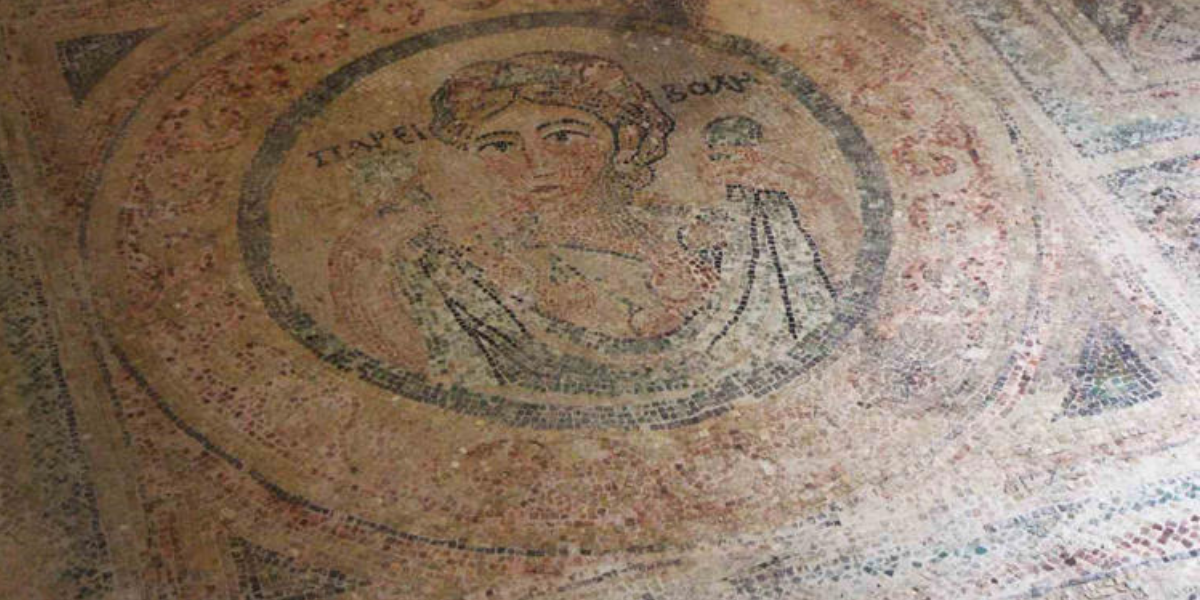
1700-year-old mosaic’s medallion with Greek inscription symbolises a Roman military unit
In Amasya, in the north-east of Anatolia, it has been revealed that the Greek phrases ‘APEM’ and ‘BO?H’ in the medallion with a god figure in the centre of a 1700-year-old mosaic found in a school garden 11 years ago symbolise a Roman military unit.
The mosaic discovered during the rescue excavation was formed by the systematic placement of millions of natural coloured stone fragments.
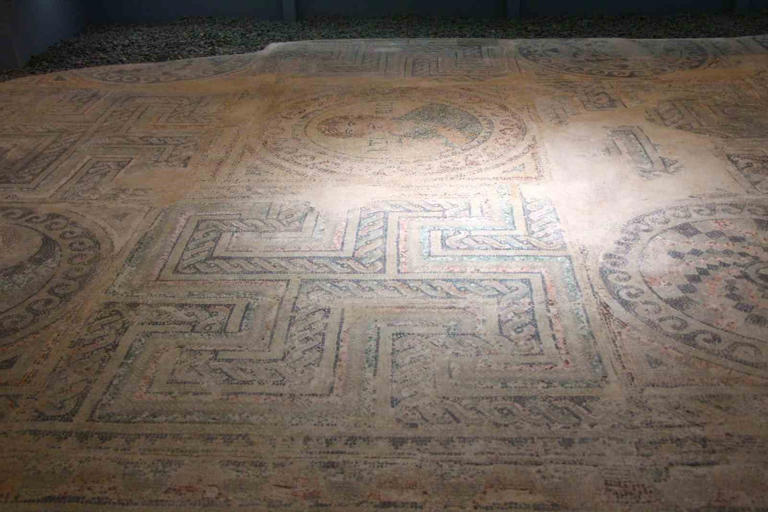
In the floor mosaic with an area of 80 square metres, two figures with the inscriptions ‘KTI – CIC’ and ‘?APEM – BO?H’ and various geometric shapes, which were not seen in previous excavations, were covered and protected after detailed examinations.
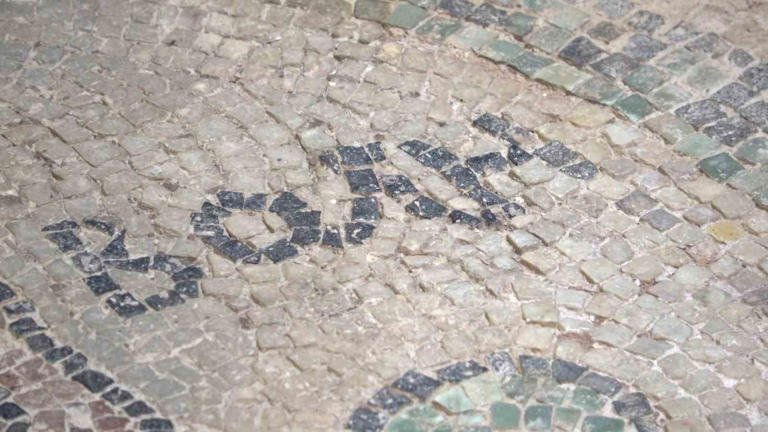
The mosaic, which was transferred to the Amasya Museum, has been on display since last year.
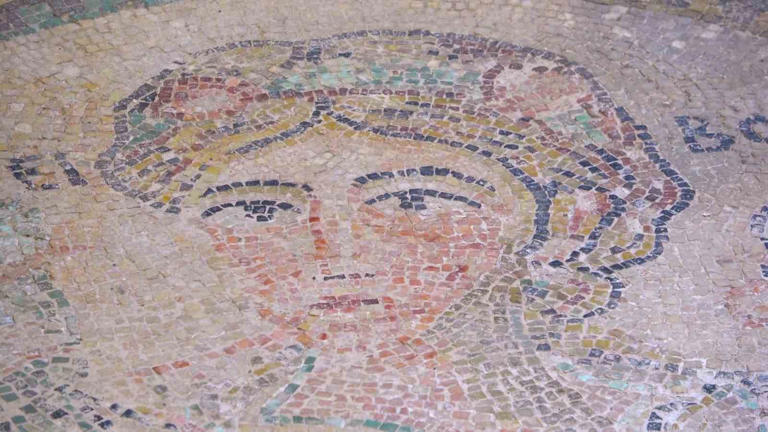
Stating that the central medallion stands out in the naming of mosaics, Amasya Museum Director Celal Özdemir said, “The central medallion provides the name of the mosaic. In our research, there are Greek expressions ‘?APEM-BO?H’ around the figure of God Priapos. These expressions symbolise the Parem-Bole military unit.”
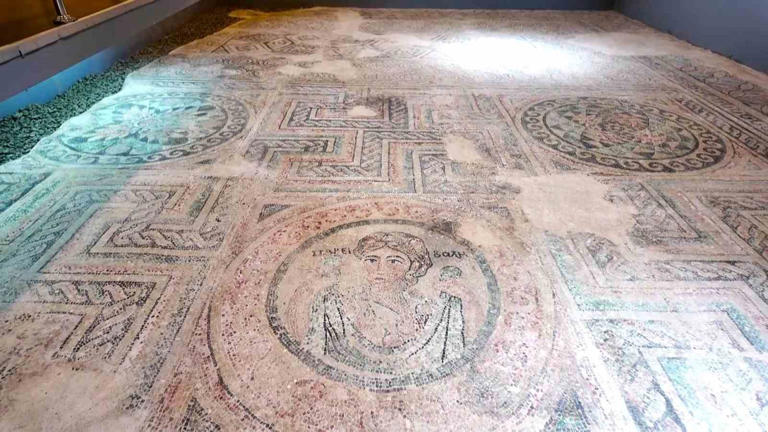
“A mosaic of a military unit has never been found before”
Celal Özdemir emphasised the importance of the discovery and said, “A mosaic belonging to a Roman military unit or battalion related to legions has never been found before in Anatolia. Researches show that the mosaic is unique in this respect.”
Cover Photo: IHA
You may also like
- A 1700-year-old statue of Pan unearthed during the excavations at Polyeuktos in İstanbul
- The granary was found in the ancient city of Sebaste, founded by the first Roman emperor Augustus
- Donalar Kale Kapı Rock Tomb or Donalar Rock Tomb
- Theater emerges as works continue in ancient city of Perinthos
- Urartian King Argishti’s bronze shield revealed the name of an unknown country
- The religious center of Lycia, the ancient city of Letoon
- Who were the Luwians?
- A new study brings a fresh perspective on the Anatolian origin of the Indo-European languages
- Perhaps the oldest thermal treatment center in the world, which has been in continuous use for 2000 years -Basilica Therma Roman Bath or King’s Daughter-
- The largest synagogue of the ancient world, located in the ancient city of Sardis, is being restored











Leave a Reply